Archives
- 2025-11
- 2025-10
- 2025-09
- 2025-03
- 2025-02
- 2025-01
- 2024-12
- 2024-11
- 2024-10
- 2024-09
- 2024-08
- 2024-07
- 2024-06
- 2024-05
- 2024-04
- 2024-03
- 2024-02
- 2024-01
- 2023-12
- 2023-11
- 2023-10
- 2023-09
- 2023-08
- 2023-07
- 2023-06
- 2023-05
- 2023-04
- 2023-03
- 2023-02
- 2023-01
- 2022-12
- 2022-11
- 2022-10
- 2022-09
- 2022-08
- 2022-07
- 2022-06
- 2022-05
- 2022-04
- 2022-03
- 2022-02
- 2022-01
- 2021-12
- 2021-11
- 2021-10
- 2021-09
- 2021-08
- 2021-07
- 2021-06
- 2021-05
- 2021-04
- 2021-03
- 2021-02
- 2021-01
- 2020-12
- 2020-11
- 2020-10
- 2020-09
- 2020-08
- 2020-07
- 2020-06
- 2020-05
- 2020-04
- 2020-03
- 2020-02
- 2020-01
- 2019-12
- 2019-11
- 2019-10
- 2019-09
- 2019-08
- 2019-07
- 2019-06
- 2019-05
- 2019-04
- 2018-11
- 2018-10
- 2018-07
-
In our studies of leucine and
2024-06-05
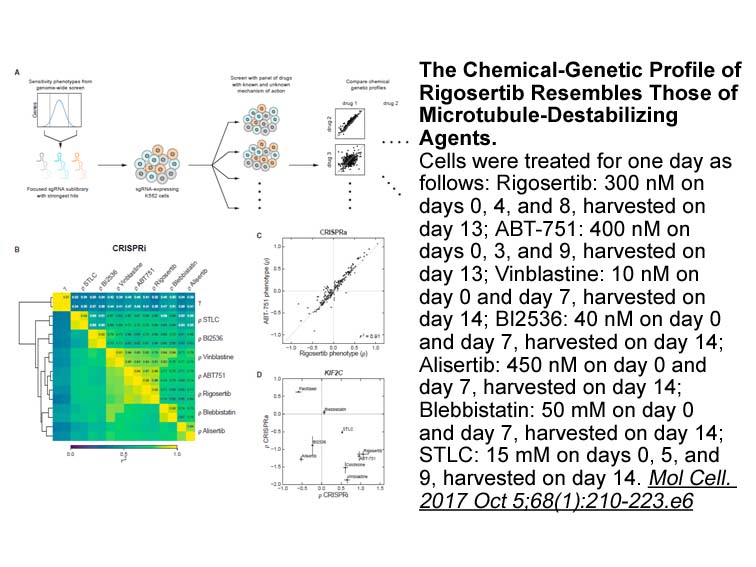
In our studies of leucine and BCH in pancreatic islets and clonal insulin cell lines, we noticed that leucine was a slightly stronger stimulant of insulin release. Previous studies showed that leucine can be metabolized to CO2[11], [12], [13], [14] and can increase acetoacetate in pancreatic islets
-
The inhibition of ACLY induces an anticancer effect that has
2024-06-05
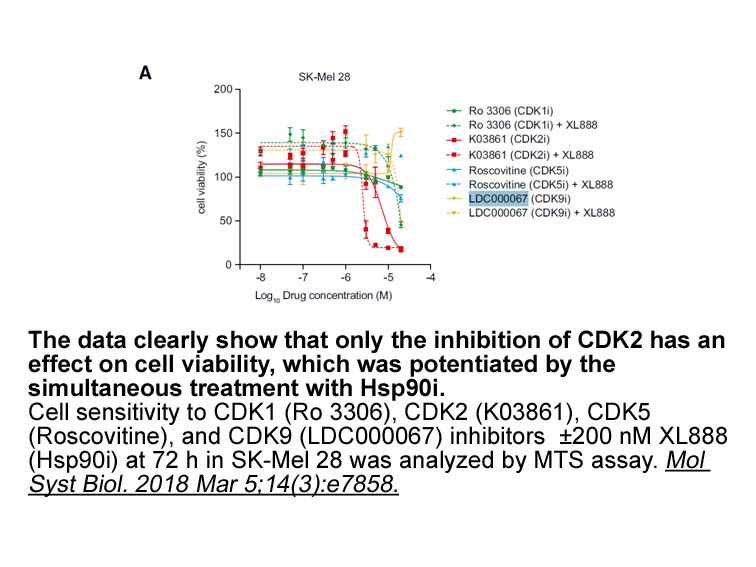
The inhibition of ACLY induces an anticancer effect that has been reported to be involved in mitochondrial reactive oxygen species (ROS) generation [14], [16], dual blockade of mitogen-activated protein kinase and phosphatidylinositol-3-kinase/AKT pathways [11], and the glycolytic phenotype of tumor
-
In our bioinformatics analysis of proteins with increased SU
2024-06-05
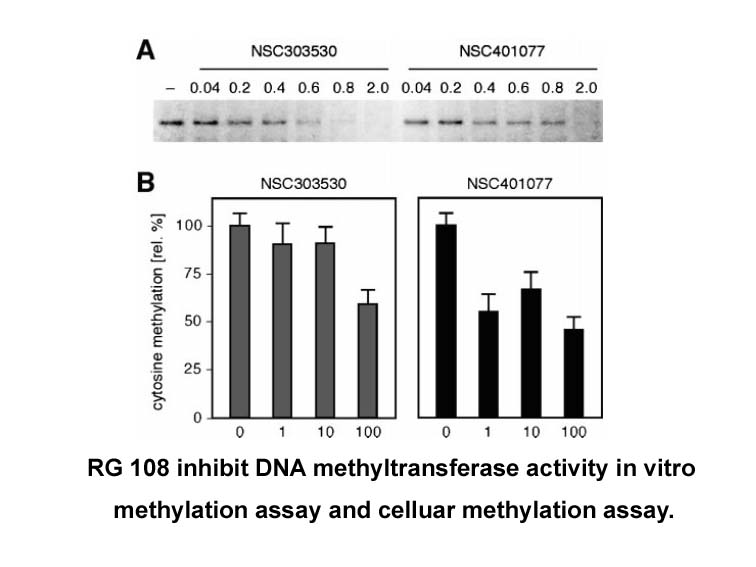
In our bioinformatics analysis of proteins with increased SUMOylation upon treatment with MMC and HU, we found clusters of co-regulated proteins that are known to function together in the RS response. In addition to the ATR activation proteins, BRCA1 and BARD1, we also found Fanconi anemia proteins
-
br Materials and methods br Results br Discussion In
2024-06-05
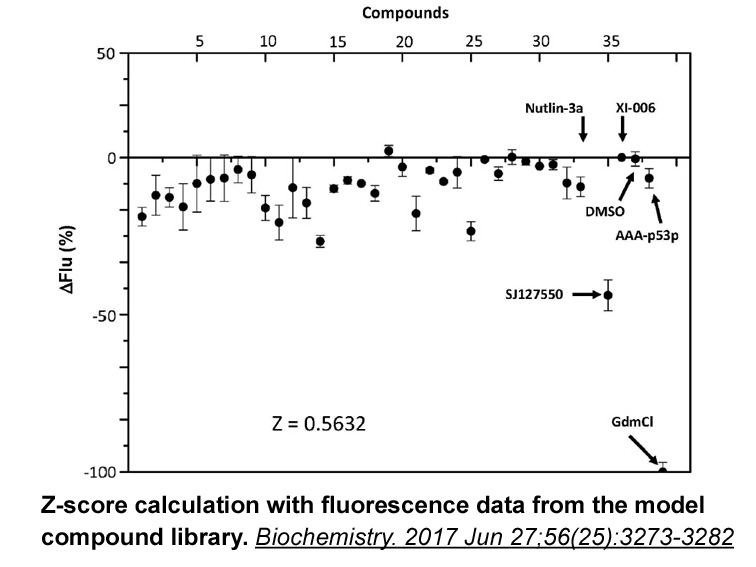
Materials and methods Results Discussion In this study, we administrated BDE-153 to newborn rat pups at PND 10 and cultured primary neurons, measured neuronal apoptosis and LDH activity in vivo and in vitro, then explored the possible predominant pathway underlying the neuronal apoptosis by
-
br Conclusion br References and recommended reading Papers o
2024-06-05

Conclusion References and recommended reading Papers of particular interest, published within the period of review, have been highlighted as: Acknowledgements Introduction Nucleosome, the basic chromatin unit, is composed of DNA and core histones (H2A, H2B, H3 and H4) and organized into
-
Physical and chemical preservatives such as ultraviolet and
2024-06-05

Physical and chemical preservatives such as ultraviolet and ɣ-rays irradiation, sulphur and aluminium phosphide fumigation, etc, have been introduced to inhibit the growth of fungi. Nevertheless, due to the potential decomposition reactions and residues, as well as their own potential toxicity, and
-
In view of the ubiquitous distribution of the
2024-06-05

In view of the ubiquitous distribution of the arachidonate 12S-lipoxygenase isoforms and the variety of cellular reactions influenced by the resulting arachidonate metabolites, these products widely play important roles in many biological systems. The development of new type-specific inhibitors of t
-
Secondly as pointed out by Sulentic and Kaminski
2024-06-05
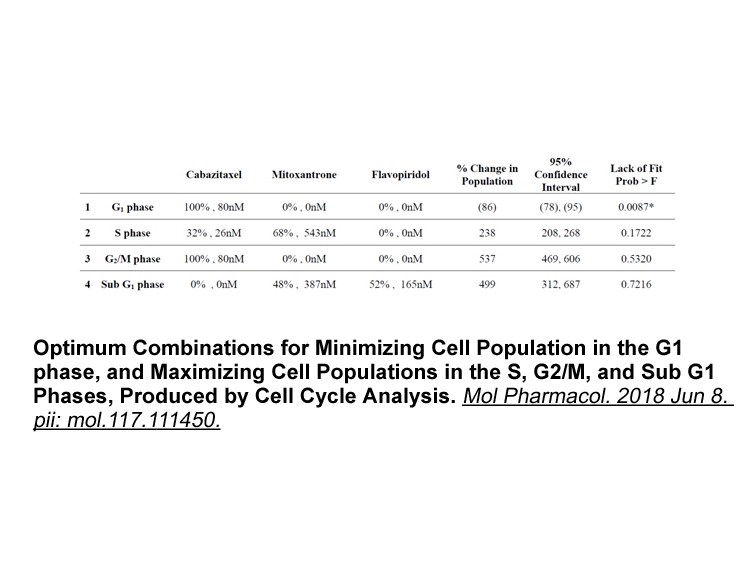
Secondly, as pointed out by Sulentic and Kaminski in their recent paper [90], most of the AhR literature to date has focused on mouse AhR. Although both mouse and human AhR are interchangeable in many in vitro systems, the in vivo ligand binding affinity is drastically different between the two AhRs
-
br Methods br Results br Discussion First the cells isolated
2024-06-05
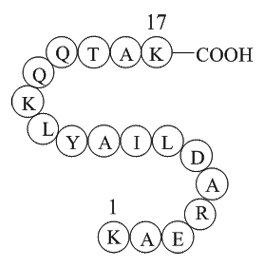
Methods Results Discussion First, the PRT062070 isolated from non-PD TA tissue and PD plaque tissue were characterized. The results showed that both cell groups were positive for vimentin and negative for desmin suggesting that these cells were fibroblasts. It was also observed that treatm
-
br Conclusion br Conflicts of interest br Introduction RNA
2024-06-04

Conclusion Conflicts of interest Introduction RNA interference is a specific post-transcriptional gene silencing mechanism within a cell via the transfection of microRNAs (miRNA), exogenous small interfering RNAs (siRNA) or small hairpin RNAs (shRNA) [1–3]. Transfection of shRNA can be done
-
hydroxydopamine OHDA is a selective catecholaminergic neurot
2024-06-04
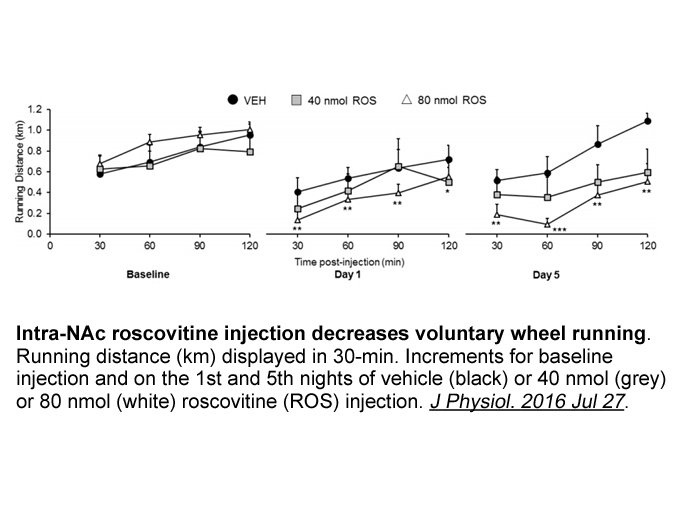
6-hydroxydopamine (6-OHDA) is a selective catecholaminergic neurotoxin mainly used to generate lesions in the nigrostriatal pathway in rats (Ungerstedt, 1968). The most common use of 6-OHDA is via unilateral injection into the rat medial forebrain bundle (MFB). DA depletion, nigral DA cell loss, and
-
The main function of ATR
2024-06-04
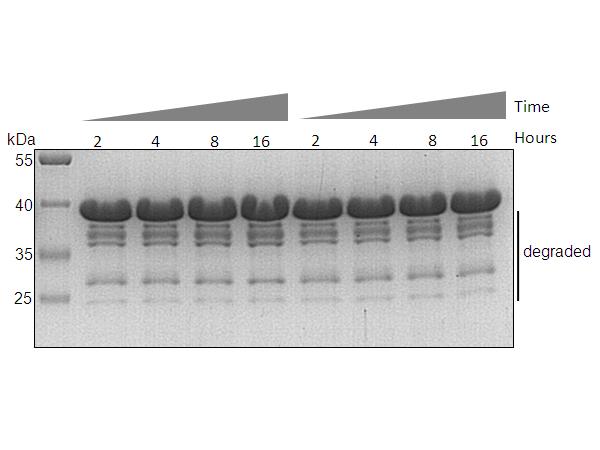
The main function of ATR/CHK1 signaling is activating Aclacinomycin A synthesis checkpoint arrest for S and G2 phases in mammalian cells. There are three checkpoints in response to DNA damage: G1/S, G2/M, and S-phase. The G2/M checkpoint can prevent cells that incur DNA damage in G2 phase or progres
-
There are profound differences between acute and
2024-06-04

There are profound differences between acute and chronic pain when dramatic changes occur in peripheral nociceptors and central nociceptive pathways and the pain system is sensitised thereby leading to exaggerated responses to noxious stimuli (hyperalgesia) and responses to non-noxious stimuli (allo
-
The isoelectric point of CL ARG was determined
2024-06-04
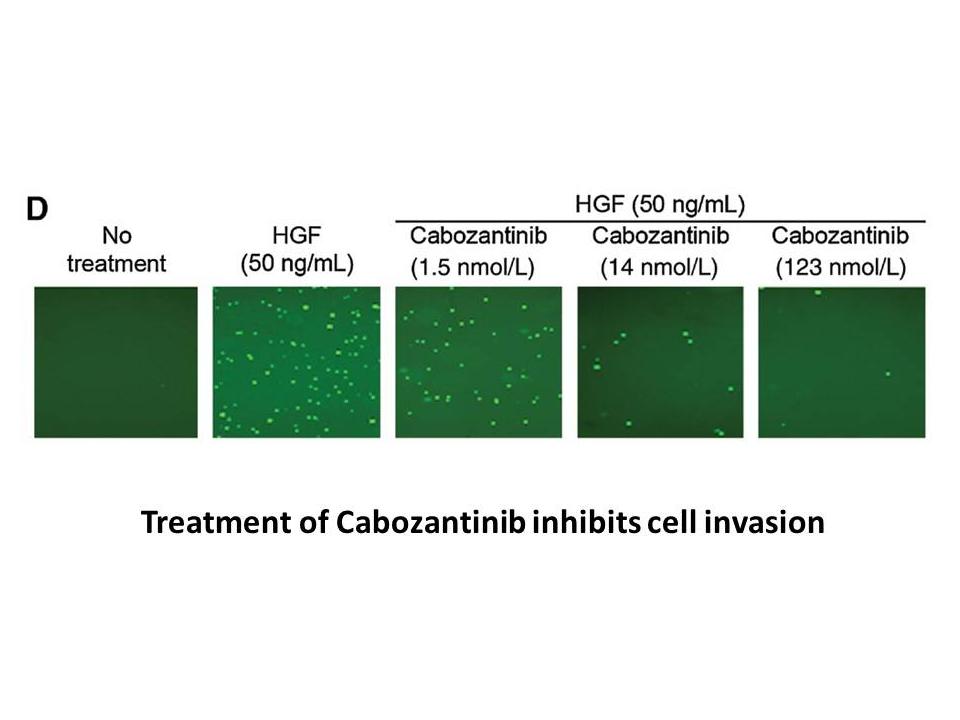
The isoelectric point of CL-ARG was determined by native IEF at a W146 gradient in the range (3–10) using standard protein markers with known isoelectric points. Native IEF reveals the presence of only one major band for CL-ARG with a slightly neutral-basic pI value of about 7.7. The calculated pI
-
Expression subcellular localization transcriptional activity
2024-06-04
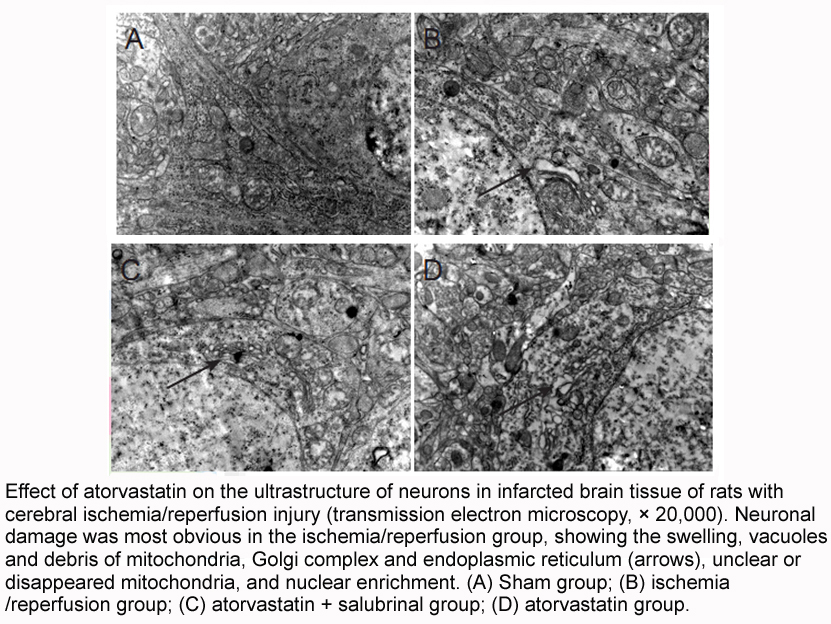
Expression, subcellular localization, transcriptional activity and protein stability of Foxo are regulated by proteins such as STAT3, PKB, JNK and AMPK (Sun et al., 2017; Zhang et al., 2011). STAT3 is a member of the signal transducer and activator of transcription (STAT) protein family that plays c
15978 records 140/1066 page Previous Next First page 上5页 136137138139140 下5页 Last page